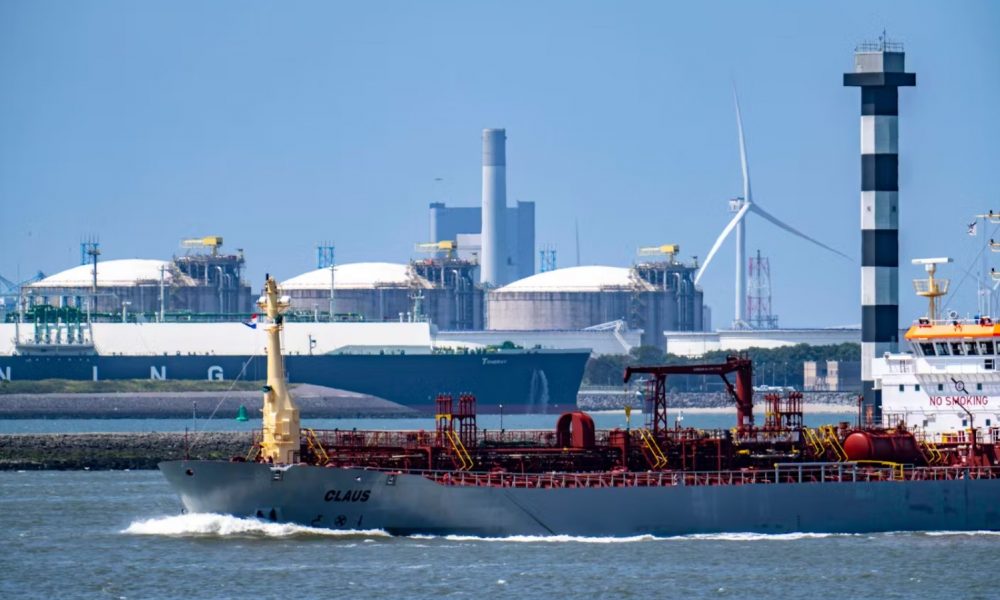Europe
Greece buys Russian gas through TurkStream

According to the Berliner Zeitung, Greece has suddenly halted its ambitious LNG plans and opted to rely on gas from the TurkStream pipeline from Russia to Turkey.
The EU wants to end its dependence on Russian gas by 2027. Indeed, the share of Russian pipeline gas in EU gas imports will fall from 40 percent in 2021 to 8 percent in 2023.
However, according to the report, there are now signs that this trend will not continue. Some EU countries, such as Greece, have even started to import more Russian pipeline gas again. Instead, plans for additional LNG terminals have been put on hold.
Gas imports via TurkStream on the rise
According to Handelsblatt, around 60 percent of Greece’s gas imports currently come from Russia. In 2022, this figure will be only 14 percent.
Greece is not alone: Russia’s share of Austria’s gas imports has also risen from 87 to 91 per cent.
Hungary has signed new supply contracts with Gazprom for 2023.
Greece, however, had other plans last year. A project for five new LNG terminals was announced, which would make the country one of the most important LNG hubs in the region. The plan was to supply LNG as far as Ukraine.
But the Greek government has now backtracked. Our LNG capacity is more than sufficient,’ Handelsblatt quoted Greek Environment and Energy Minister Theodoros Skylakakis as saying. The future of the LNG projects is now uncertain.
Athens wants to block ship-to-ship transfers of Russian oil
However, according to a report in the Greek City Times, the Greek navy this week extended an advisory effectively banning shipping off the south-east coast of the Peloponnese and beyond.
According to three sources, the move is aimed at preventing ship-to-ship transfers of Russian oil in Greek waters.
In recent months, Greece has regularly issued and extended similar advisories for military exercises in the Gulf of Lakonia and off the island of Kythera (Chuha), urging commercial and other vessels to avoid these areas.
The latest advisory has been extended until 15 September 2024.
It is clearly effective in preventing the diversion of shipments that should not be diverted,” said one of the sources, citing this as one of the main reasons for the extension.
Russian gas continues to reach the EU
Data from the think tank Bruegel show that the EU’s gas imports from Russia are increasing.
In the first week of July 2024, they amounted to 648 million cubic metres, compared to only 562 million cubic metres in the same period in 2023.
In particular, more Russian gas was imported via pipelines in Ukraine and Turkey. For example, the TurkStream pipeline transported 344 million cubic metres of gas to the EU in the first week of July, compared to only 298 million cubic metres a year earlier, an increase of around 15 percent.
Russia has again overtaken the US in gas supplies to the EU
This results in lower demand for LNG in the EU, as pipeline gas is generally much cheaper.
In terms of total exports to Europe (pipeline gas and LNG), Russia has once again overtaken the US as the EU’s second largest gas supplier.
According to the Berliner Zeitung, it remains a difficult task for the EU to become independent of Russian gas by 2027.
The EU has so far imposed a total of 14 sanctions packages on Russia, but Russian pipeline gas has not yet been affected.
Russian LNG has also been sanctioned only indirectly. Only transhipment through a European port for resale to third countries is banned.